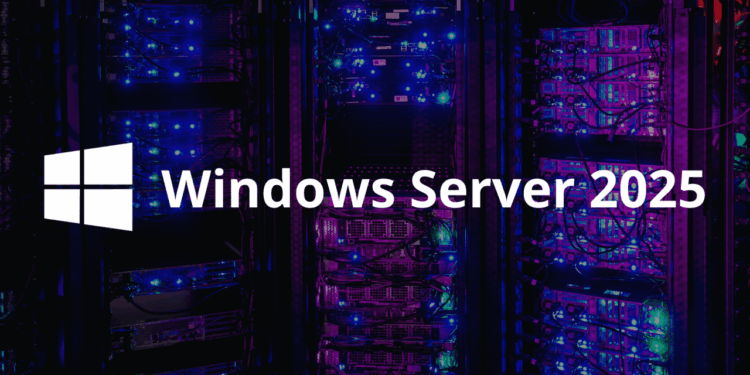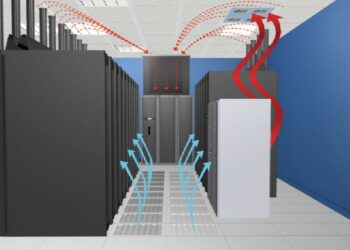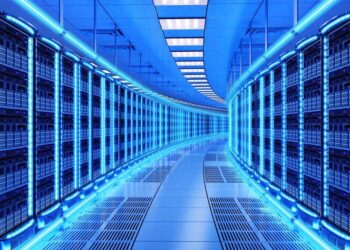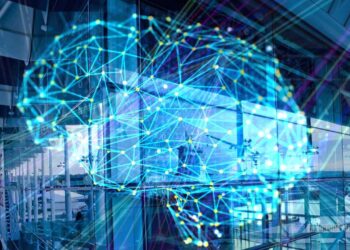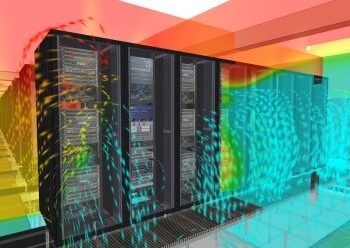The server platform landscape is evolving rapidly, driven by advancements in cloud computing, artificial intelligence (AI), and edge computing. As businesses demand faster, more secure, and scalable solutions, server technology must adapt to meet these needs. In this comprehensive guide, we’ll explore the top 2025 server platform trends, their impact on industries, and how organizations can leverage them for optimal performance.
A. Cloud-Native Server Platforms Dominate
Cloud-native architectures are becoming the standard for modern server platforms. Key developments include:
1. Kubernetes and Containerization
-
Kubernetes remains the leading orchestration tool for managing containerized applications.
-
Serverless containers reduce operational overhead by automatically scaling resources.
-
Hybrid cloud integration allows seamless workload distribution across public and private clouds.
2. Multi-Cloud and Hybrid Cloud Solutions
-
Businesses avoid vendor lock-in by distributing workloads across AWS, Azure, and Google Cloud.
-
Edge-cloud synergy ensures low-latency processing for IoT and real-time applications.
3. AI-Optimized Cloud Servers
-
Cloud providers now offer AI-driven auto-scaling to optimize resource allocation.
-
GPU and TPU acceleration enhances machine learning workloads.
B. Edge Computing Revolutionizes Server Deployment

With the rise of IoT and 5G, edge computing is transforming server infrastructure:
1. Decentralized Data Processing
-
Micro data centers process data closer to the source, reducing latency.
-
Autonomous edge servers enable real-time decision-making in smart cities and factories.
2. 5G-Powered Edge Networks
-
Ultra-low latency (under 1ms) supports AR/VR, autonomous vehicles, and telemedicine.
-
Distributed AI allows on-device machine learning without cloud dependency.
3. Security Challenges and Solutions
-
Zero-trust security models protect edge devices from breaches.
-
Blockchain-based authentication ensures tamper-proof data integrity.
C. Green and Sustainable Server Technologies
Environmental concerns push innovation in energy-efficient server platforms:
1. Liquid Cooling Systems
-
Immersion cooling reduces power consumption by up to 40%.
-
Heat reuse converts server waste heat into renewable energy.
2. Renewable-Powered Data Centers
-
Solar and wind energy integration lowers carbon footprints.
-
Modular data centers optimize energy use with dynamic cooling.
3. Carbon-Neutral Cloud Providers
-
AWS, Google, and Microsoft pledge to achieve carbon neutrality by 2030.
-
Carbon offset programs incentivize eco-friendly server usage.
D. Quantum Computing Integration
Quantum computing is no longer theoretical—server platforms are adapting:
1. Quantum Cloud Services
-
IBM Quantum and AWS Braket offer quantum computing via the cloud.
-
Hybrid quantum-classical servers solve complex optimization problems.
2. Post-Quantum Cryptography
-
Quantum-resistant encryption safeguards data against future threats.
-
Lattice-based cryptography emerges as a leading security standard.
E. Enhanced Security and Compliance Measures
Cyber threats demand stronger server protections:
1. Confidential Computing
-
Encrypted memory processing prevents data leaks.
-
Hardware-based security (SGX, TPM) isolates sensitive workloads.
2. AI-Powered Threat Detection
-
Behavioral analytics identify anomalies in real time.
-
Automated patching reduces vulnerability exposure.
3. Regulatory Compliance
-
GDPR, CCPA, and HIPAA compliance is built into modern server platforms.
-
Automated auditing tools simplify compliance reporting.
F. Hyperconverged Infrastructure (HCI) Gains Traction
HCI combines storage, computing, and networking into a single system:
1. Simplified Management
-
Unified dashboards streamline server administration.
-
AI-driven optimization predicts resource needs.
2. Cost Efficiency
-
Reduced hardware costs with software-defined infrastructure.
-
Scalable modular designs support growing workloads.
G. AI and Machine Learning in Server Optimization
AI is revolutionizing server performance:
1. Predictive Maintenance
-
AI monitors hardware health to prevent failures.
-
Self-healing servers automatically resolve issues.
2. Dynamic Workload Balancing
-
Reinforcement learning optimizes resource allocation.
-
Autonomous scaling adjusts to traffic spikes.

Conclusion
The 2025 server platform trends highlight a shift toward cloud-native, edge-enabled, and sustainable infrastructures. Businesses must adopt these innovations to stay competitive in a data-driven world. By leveraging AI, quantum computing, and hyperconverged systems, organizations can achieve unparalleled efficiency, security, and scalability.

